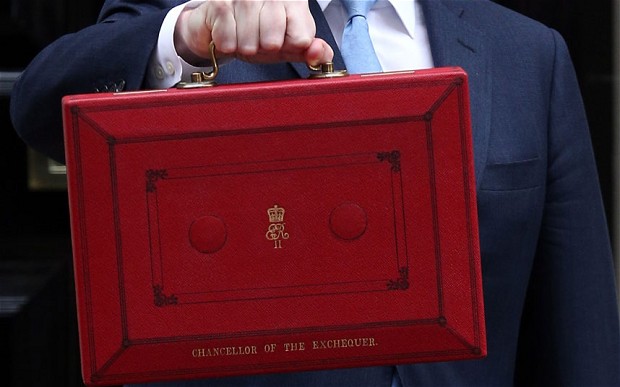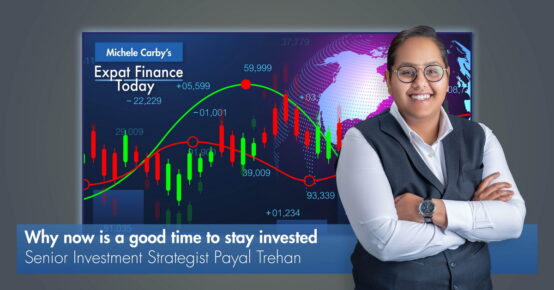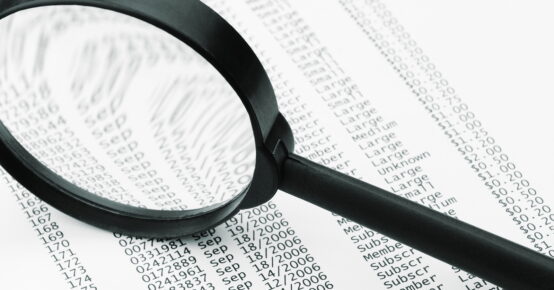Will you be ready in April 2015?
In the Chancellor’s 2014 budget, he introduced the Taxation of Pensions Act 2014. On the 3rd December 2014 he announced further changes in what is now known as Pension Freedom. Below is how pensions are going to change this April, and the useful information you need to know.
Pensions are Changing
From Age 55 – Full and Flexible Access to your Pension
Currently, when you retire you buy a pension which normally takes the form of a lump sum and regular monthly payments. If you have a defined contribution pension (For example, individual, or group personal, or stakeholder pensions, Self Invested Personal Pensions (SIPPs), some Additional Voluntary Contribution (AVC) schemes, etc.) you can:
- Take your whole pension in one go, 25% of which will be tax free
- Drawdown chunks of your pension as and when you want to. Again, 25% of each withdrawal will be tax free
- Take 25% tax free and the rest as regular income. This can be done via an annuity or from the pension fund itself which remains invested with your provider.
How does Tax affect my Pension in April 2015
It is important to get your head around tax where Pension Freedom is concerned. After the initial 25% tax free on a withdraw, the rest of your withdraw is taxed at the marginal rate of 20%. Should this and other incomes you may have push your total income for the year over the next tax threshold, you will pay tax at 40%. This can rise to 45% if your income for the year is £150,000 or greater.
Private Pension Contribution Restrictions
Currently, your pension contributions are subject to a £40,000 annual allowance as well as subject to specific contribution rules. After April 2015, if you withdraw from a defined contribution pension plan in addition to receiving tax free sums, you pension contributions could be restricted to £10,000, rather than the £40,000 restriction at the moment.
When you access benefits, you must inform your pension provider which contributions are paid within 3 months. (91 days). Failure to do this could see you facing a £300 fine.
There are exceptions to this:
- If your pension is worth less than £10,000, and you have a personal pension you can withdraw up to three times, taking it as a ‘small pot’. If you have an occupational pension you can do this an unlimited amount of times.
- Before April 2015 you can apply capped drawdown and you will have no problems providing withdrawals stay within that limit.
- Providing more than 11 people are entitled to a lifetime annuity or scheme pension, you can take your pension as a lifetime annuity.
Final salary pension are exempt form the £10,000 limit. If you are in a flexible drawdown scheme before April 2015, you will be able to make contributions up to £10,000 per year. Currently, you cannot do this.
55% ‘death tax’ to be abolished
At the moment should you die before you are 75, and have taken a tax-free lump sum, your pension will be taxed at 55% when it is passed on to your beneficiaries. Thankfully, this tax is going to be scrapped in April 2015.
Tax of your pension will depend on the age at which you die. Hence:
If you die before you are 75, your beneficiaries can take your pension tax free as a lump sum, or as a tax free income either by income drawdown (providing you died after the 3rd December 2014) or through purchasing an annuity. That said, this only applies if the first payment to your beneficiary is the 6th April 2015 or after.
If you die after your 75th birthday, the rules change again as your beneficiaries now have three options. They are:
- Take the entire lump sum in one go subject to a tax rate of 40%. This may change to 20% come 2016/17
- Take the pension as an income either as an income drawdown or an annuity. Tax rate here will be at your beneficiary’s marginal rate
- Take periodical lump sums again this will be taxed at your beneficiary’s marginal rate
This will affect you if you have a defined contribution pension. If you have an annuity you will only be affected if you have chosen the value protection option.
Tax Cuts Should you die after Buying an Annuity
From April 2015 you can opt to pay your wife or partner your annuity after you die. You can also put in place a guarantee period or value protection. For example, you buy one for ten years, and should you die three years later, your beneficiary will receive seven years of protected annuity payments.
At the moment, your beneficiaries pay tax on pension payments they receive after your death at the marginal rate. Should you die before the age of 75, you’re beneficiaries will receive these sums tax free.
Under a joint life or dependant’s annuity, and subject to provider restrictions, you will be able to pay any beneficiary you wish. When your beneficiary dies, they can pay the remaining pension to anyone they see fit.
This comes into play for anyone who held a joint life, value protected or guaranteed annuity where the pension holder died on or after the 3rd December 2014. To take advantage of the changes, your beneficiaries can not receive a payment until after 5th April 2015.
Impartial Guidance Access
After April 2015 your pension provider will be required to tell you about impartial guidance and where to obtain it. In essence both the Pensions Advisory Service and the Citizens Advice Bureau will be able to help you make sense of your options. Independent financial advisers are also a good option.
Switching to a Defined Contribution Pension from a Defined Benefit Pension (Final Salary)
If you currently have a defined benefit pension (final salary) and wish to take advantage of the defined contribution pension benefits which are coming into play, you can do so by transferring to an appropriate scheme. Again taking independent advice is essential to making the right decision in this regard.
Most public sector pension holders will have to change before April 2015 to take advantage of tax breaks and the other benefits which will go live in April 2015.
Increase in Retirement Age
At the moment you can start drawing your pension at 55. From 2028, this will rise to 57. From this point it will rise in line with the state pension. Public sector pension schemes for the armed forces, police, and firefighters will remain as they are now.
Receiving a Pension at the Moment?
If you have an income drawdown capped or flexible pension, you should be able to take advantage of the new rules providing your provider is prepared to implement them.
If you’re receiving an annuity income from your pensions, these changes will only apply if you have a joint life annuity or a guarantee period / value protection scheme is in operation.
Questions about Pensions
If you have questions about pensions please get in touch. The simplest way is to click here and complete the Call Back Service form.
Important
The information contained is subject to change and my understanding of the Taxation of Pensions Act, Pension Schemes Bill, Autumn Statement and announcements to date from the UK Government.
As such you should reframe for taking any action without seeking advice, as government policies and circumstances can change. The information provided here is a broad outline of how things stand in February 2015.
All the figures stated are for the tax year 2014/15. If you choose to withdraw money from a pension it will impact on the standard of living in retirement. If you are unsure on the best way to proceed, contact me and we can review your personal circumstances and choose the best options for you. Click here.
Source and Image
The Daily Telegraph
Hargreaves Lansdown
For more information, please contact Michele Carby at Holborn Asset Management on +971 50 618 6463 and on e-mail at [email protected]












